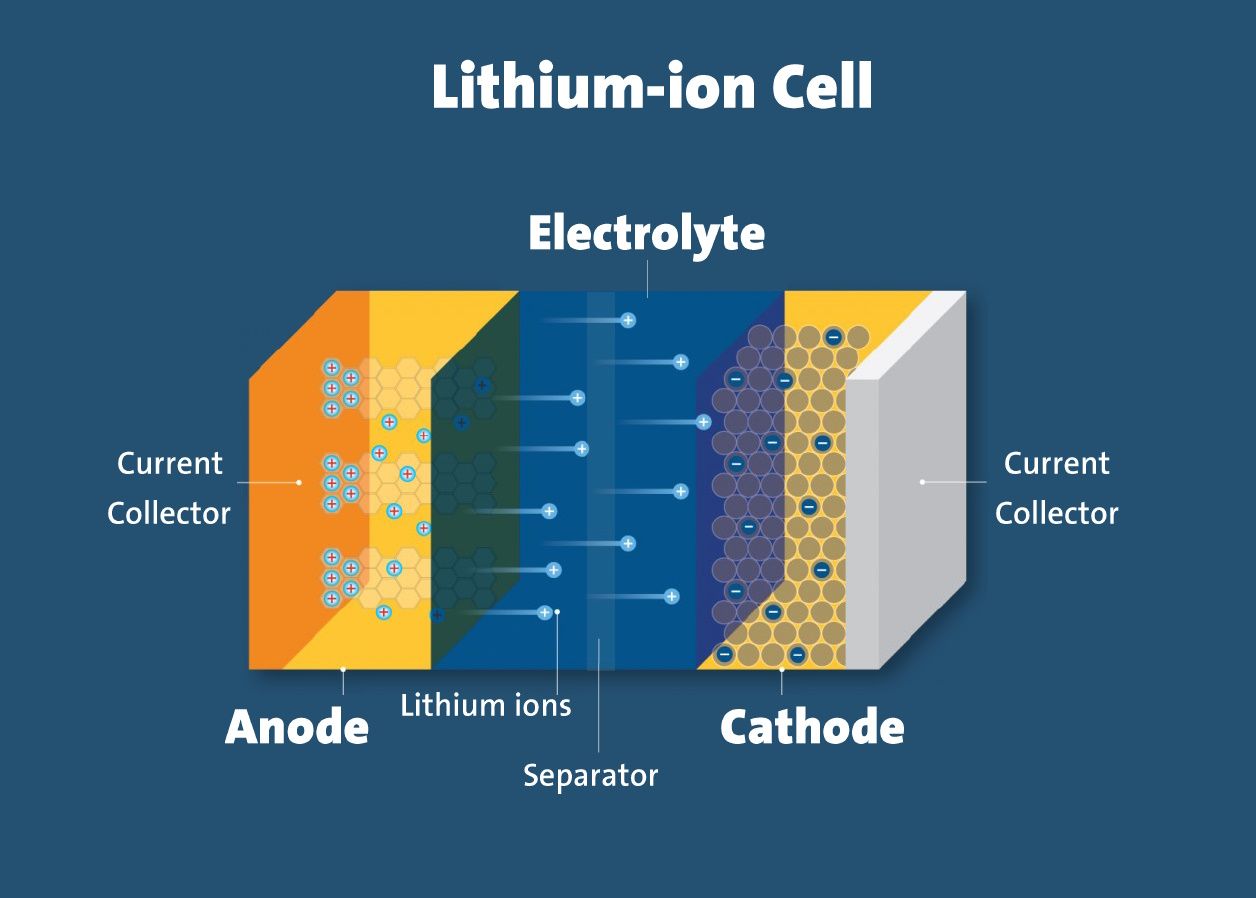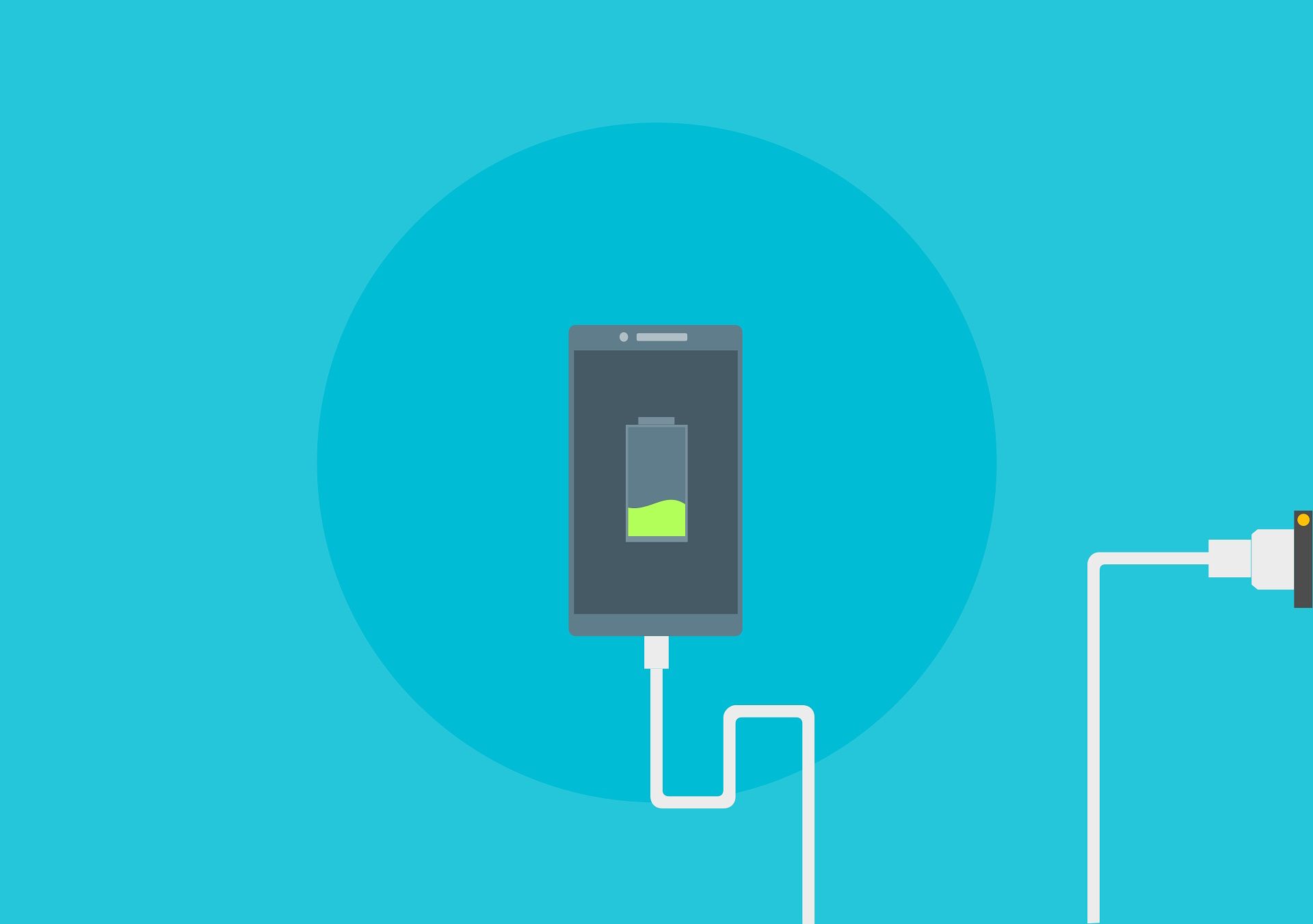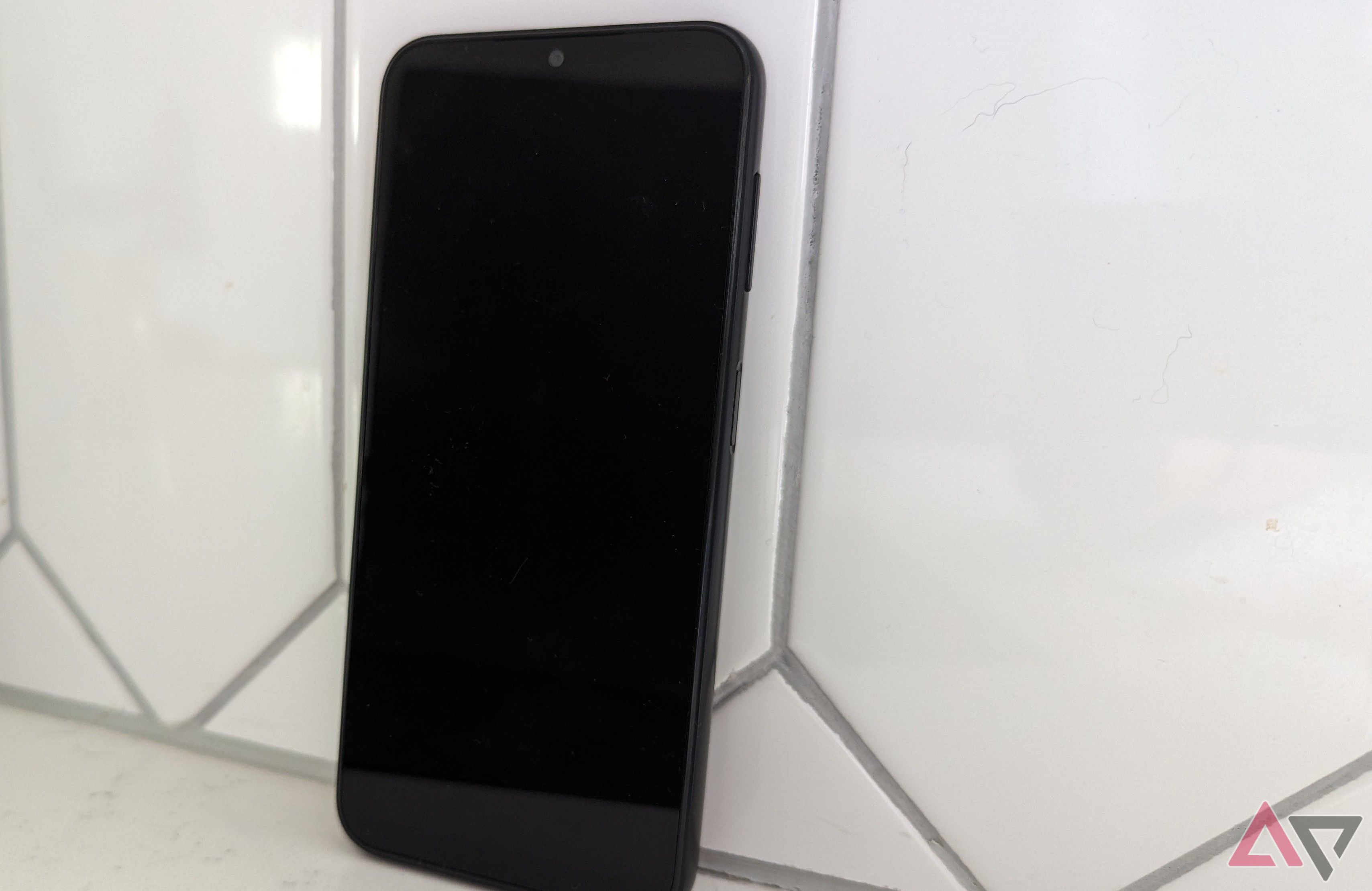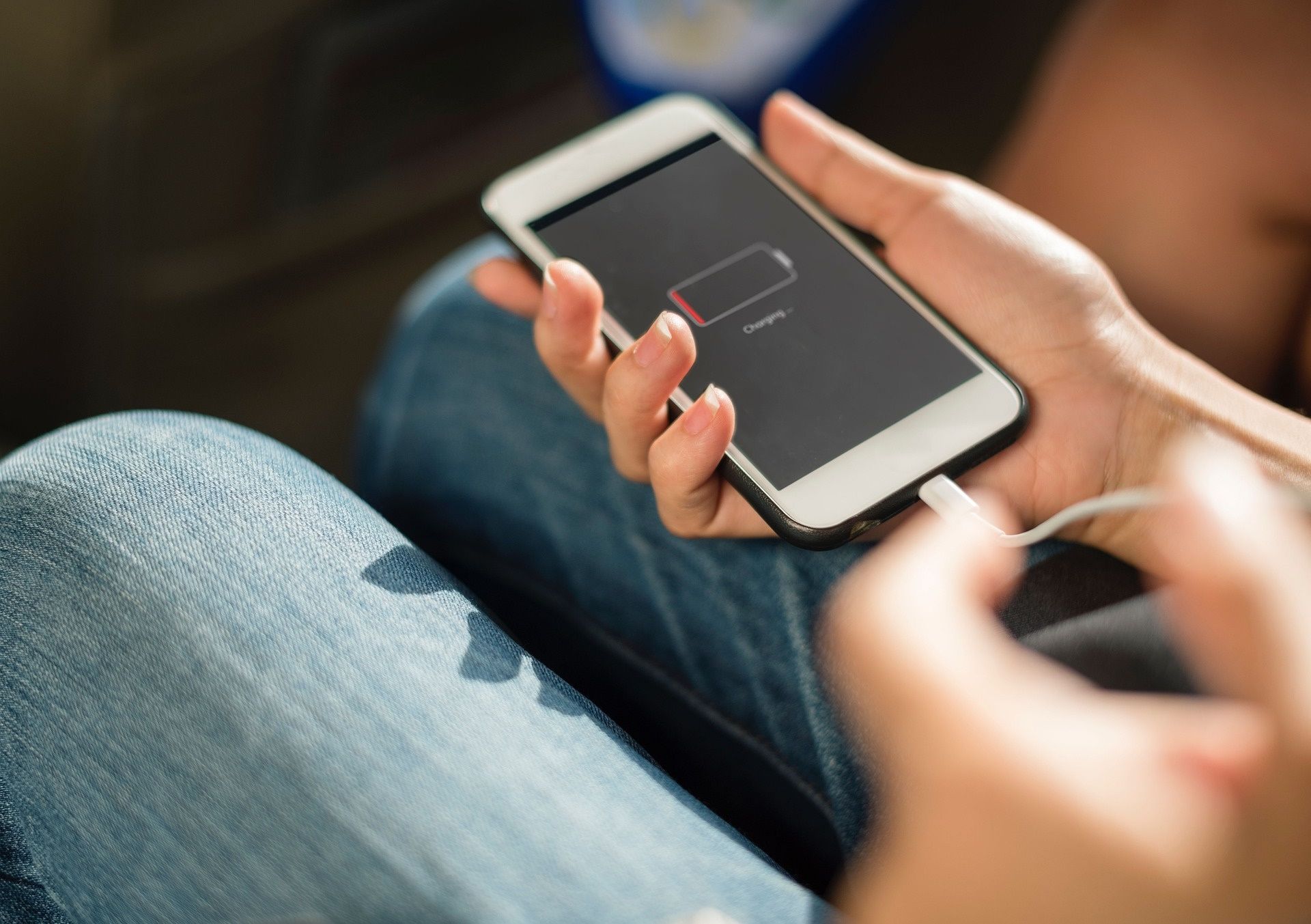It’s hard to let go of a phone you’ve had for ages. Unfortunately, the more we use our phones and the number of charging cycles they go through (especially over the years), the more the battery wears out. Even the most reputable phones with fantastic battery life will meet the same fate. But whether you’re trying to learn the best practices for charging your phone or deciding it is time to replace your phone battery, our guide will help you get the insight you seek.
Monitoring your battery health
Examining the maximum capacity status allows you to gauge whether you need a new battery. Samsung phones and iPhones have built-in apps that share this information. If the maximum capacity is lower than 80%, it is a sure sign that your phone needs a new battery.
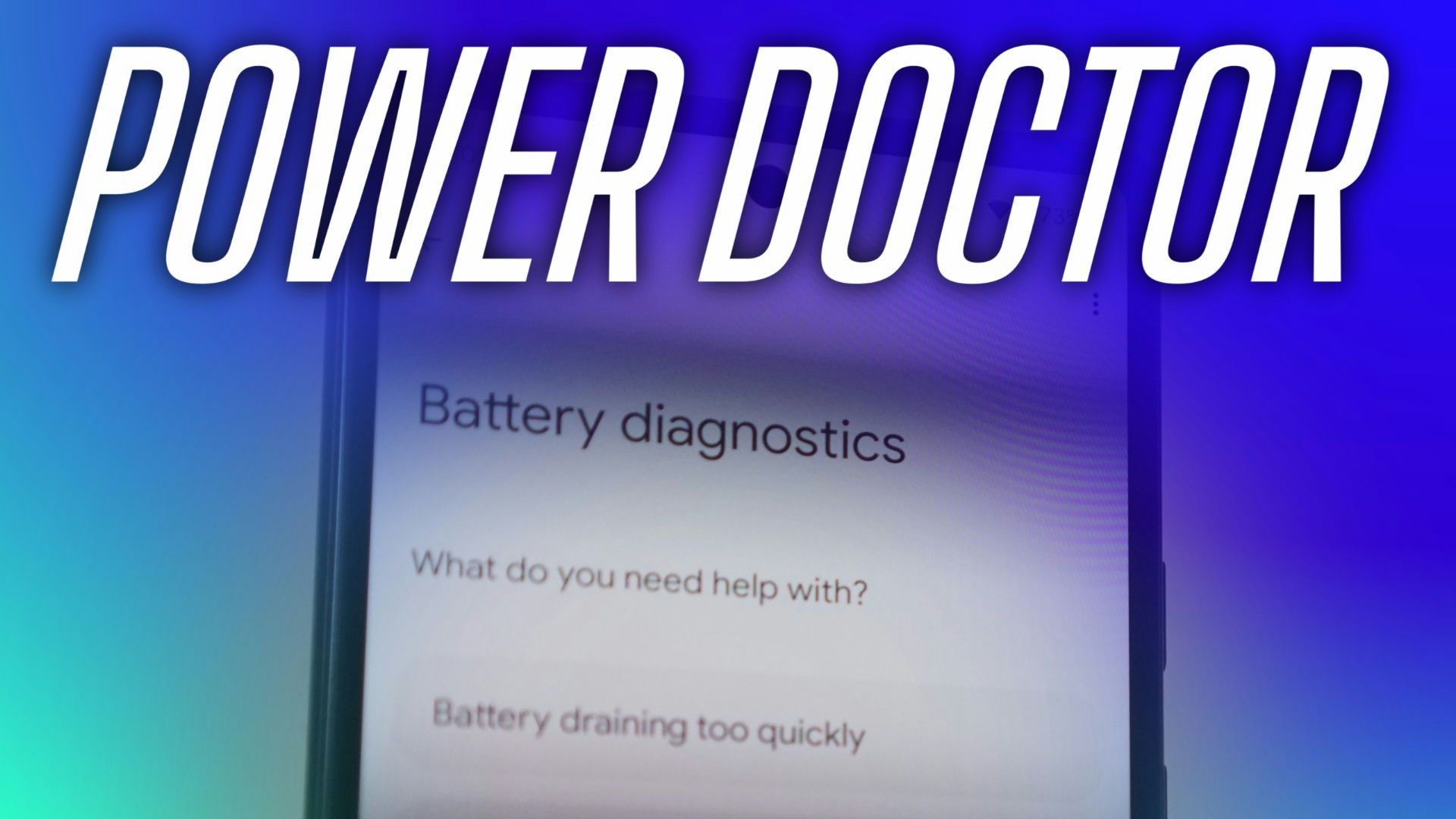
How to check your phone’s battery health
A healthy battery is the secret to your phone’s durability. Learn how to diagnose and replace it
But to ensure your battery health is in good condition, we recommend examining the data routinely, especially if you suspect your phone suffers from a manufacturer’s defect and you’re under warranty. Even if you’re tempted to replace the battery, you can nullify the warranty status by opening up your device yourself or through a third-party technician service. However, chances are your device’s battery has suffered because of age, in which case you might no longer be under warranty.
Decreased battery life and how it happens
Every battery has a lifespan. Your phone is likely powered by Lithium-Ion batteries (note that a battery is a collection of cells). A cell comprises an anode, cathode, separator, electrolyte, and two collectors (positive and negative). It allows lithium ions (Li+) to move between the anode and cathode. While it travels, it creates a current composed of free electrons. When a device is charging, the charger pushes the lithium ions back from the cathode into the anode, which pushes the electrons back from the charger to the battery.
When a device is discharging (when you’re using it), the anode gives up the lithium ions to travel to the cathode; this causes the electrons to flow back out of the battery to power it. Lithium ions’ movement causes your battery to cycle between being used and not being used; after a while, the materials composing the battery wear down as it goes through many cycles. Eventually, it holds less charge, and the cycles contribute to capacity loss.
Even if you’ve barely used your phone, an electrochemical reaction is always taking place, which means the battery will always degrade with age.
Though age is likely the culprit for overworking your device’s battery, other factors can also contribute to battery issues. Constantly overusing your phone, running unoptimized/power-hungry apps in the background, and always charging your phone can strain the battery.
Slow charging or not charging at all
There can be several reasons why your device suffers from slow charging or does not charge at all. For one, the manufacturer could intentionally have allowed slow charging (check battery specifications on the manufacturer’s website), as slow charging means less heat, which contributes to battery degradation. On the other hand, when you expect the device to charge at the same rate it always does, there could be a problem with the battery or the charger itself. Clean your charging port and change the cable to see if that fixes the problem. If not, then you’re likely facing issues with the battery.
Unexpectedly shutting down or won’t turn on
If you’re struggling with your phone unexpectedly shutting down and not turning on, even if it shows that your battery is full, this could be because of a faulty battery. A malfunctioning battery may not be able to deliver power to the phone, which causes it to shut down suddenly. Or if your phone has battery depletion problems, it could default to these different behaviors.
Another possibility is that a bad software update caused your phone to glitch. So try re-installing the update or factory resetting your device if need be. If that doesn’t make a difference, then the battery or hardware itself could be the culprit, and replacing the battery is a cheaper option than the latter.
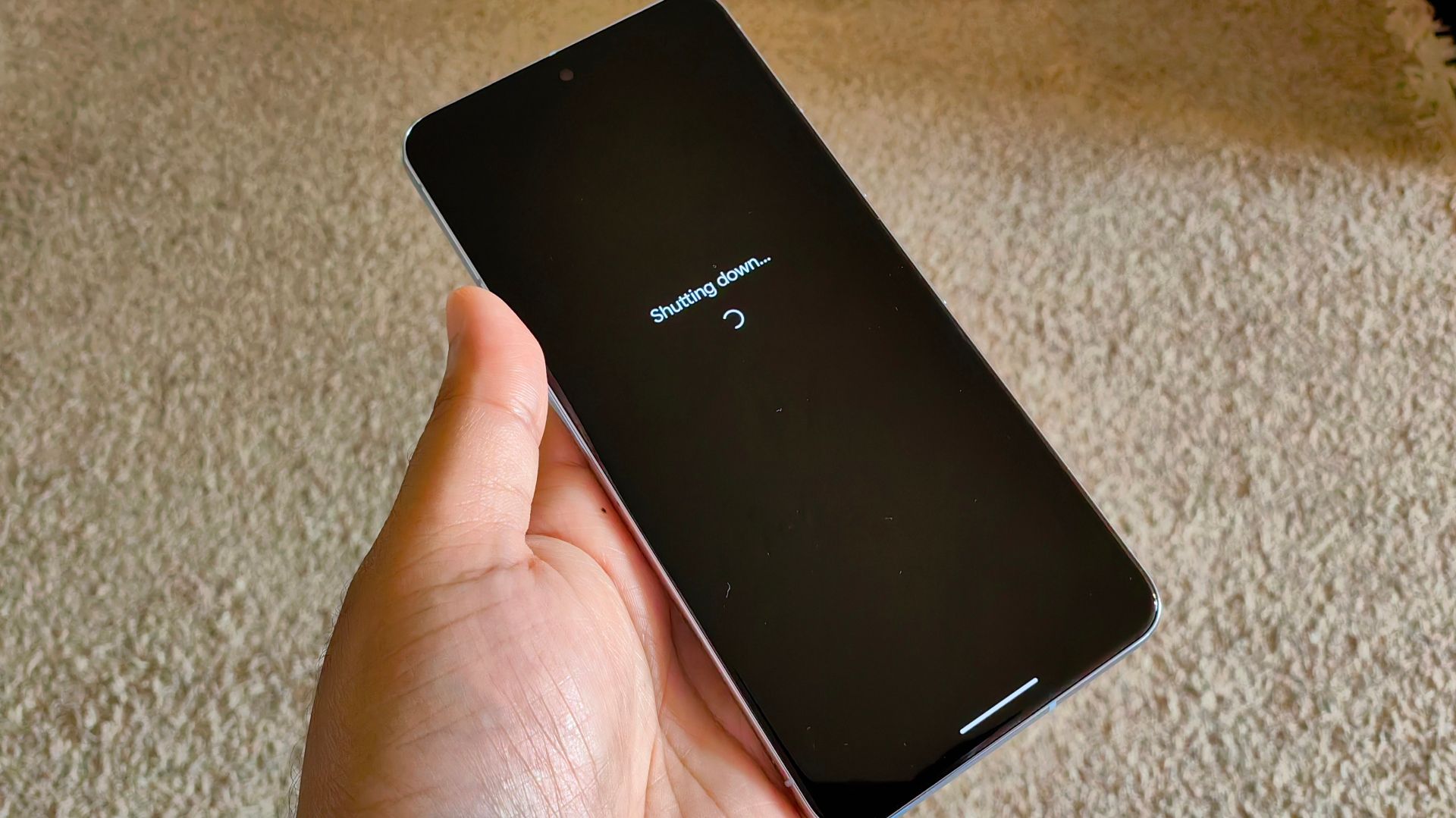
How to factory reset your Android phone or tablet
For when you’re troubleshooting, selling, or trading in your phone
Overheating issues or abnormally high temperatures
A phone overheating can cause several problems. For one, it is a sign that the electrochemical reaction of what’s powering your device might be breaking down, and if it hasn’t, it will. Heat accelerates the chemical reaction in which the lithium ions travel back and forth between the anode and cathode depending on the cycle; the more cycles, the harder it becomes on your battery, leading to material degradation. If the temperature conditions are too extreme, the electrolyte can break down, causing unwanted byproducts and slowing down the lithium ions in its path. Essentially, this contributes to lower battery efficiency.
Of course, overheating might not be due to your battery alone if you’re using apps that overwork your phone (for example, you play demanding Android games), that can cause your device to overheat. We recommend closing down apps properly, restarting your device, and seeing if your phone’s internal temperature re-calibrates.
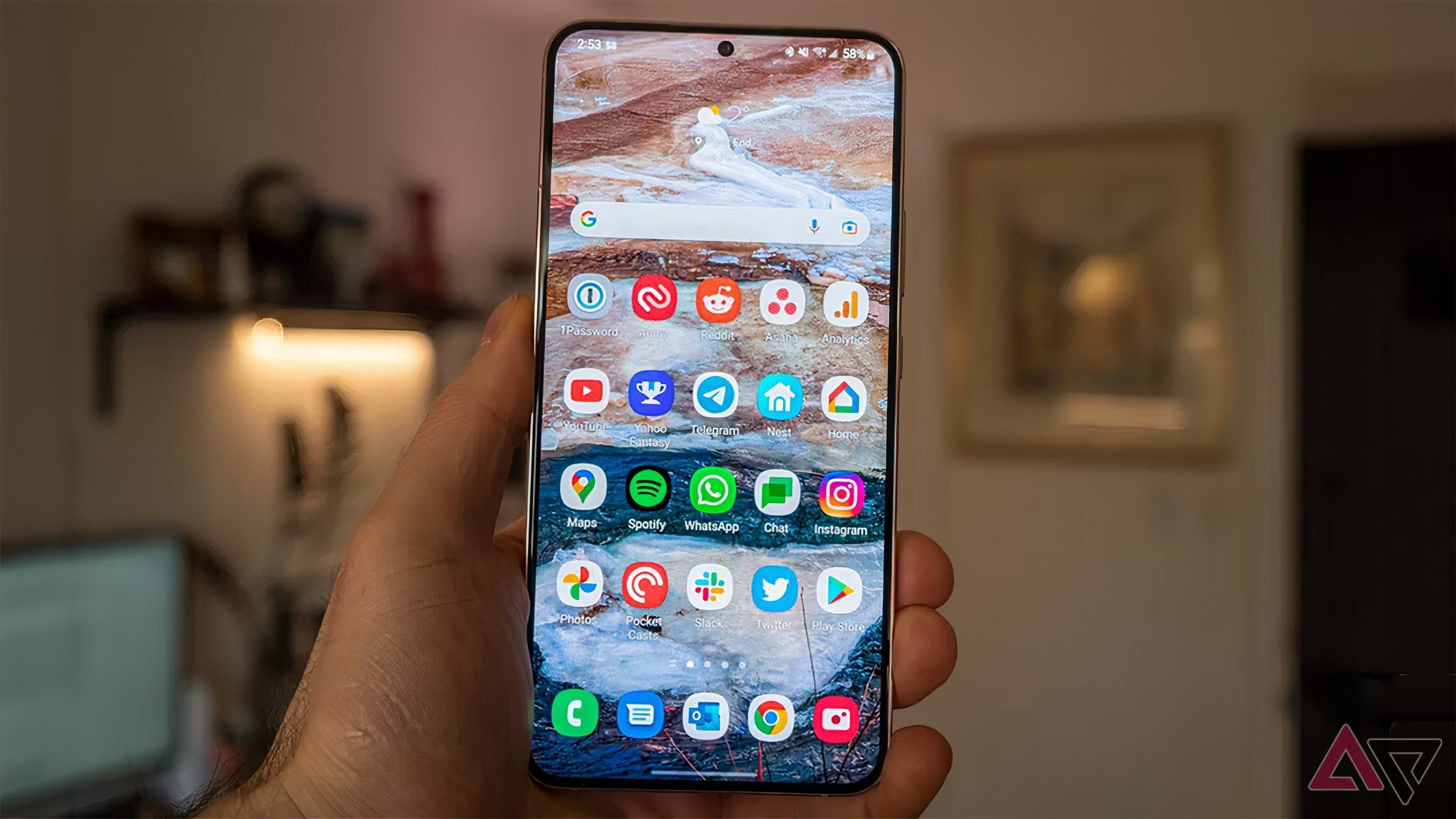
How to close apps on your Android phone or tablet
Pressing the back button from the navigation bar is not how it’s done
Battery swelling or leakage
Leaked battery fluid can cause corrosive damage to your phone’s internal components. A byproduct of a battery leak is that your phone’s display cracks and stops working. The corrosion can also cause data loss to your phone, as it can contact the storage area. So, if you suspect your phone’s battery has a leakage, proceed carefully and do not attempt to replace the battery or diagnose the problem alone.
If your phone is bulging or has physically expanded/deformed, then there is a good chance your battery is swelling. Battery swelling can occur if hydrogen and oxygen gases (a byproduct of chemical reactions) cannot escape; the trapped gas can exert pressure on the internal parts of the battery, which causes deformities. This happens when the phone has gone through many charging cycles throughout your device’s lifespan. Other contributing factors include overheating and physical damage to your phone (like suffering from too many falls rupturing the battery). If your phone has a battery swelling issue, take the necessary precautions; in the worst-case scenario, your phone could become a liability for a fire hazard.
Battery leakages and swelling are safety hazards, and you should not continue operating your device. If you suspect this is what’s occurring, immediately power down your phone, contact a professional technician, and store your device in a cool area away from contact.
Extending the battery life of your phone
Replacing your phone’s battery might not be ideal, so we recommend being proactive and taking preventative measures, especially if you just bought a new phone. For example, you might have purchased a Samsung Galaxy S24 and noticed more settings need to be changed to improve battery life. Sometimes, all it takes is using dark mode and enabling power saving mode to keep your device in tip-top shape for the years to come.




